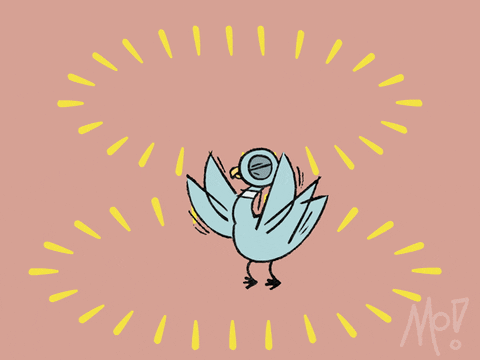Hi folks,
If I were to walk along my neighbourhood, I would see bird spikes everywhere — from window sheds to car covers. The reason? Pigeons!
These birds have been a menace in cities for years now. Experts have called pigeons the ‘rodents’ of the sky as they carry multiple diseases. Exposure to their droppings and feathers can cause respiratory diseases, which can be fatal. And not to forget, generally, the sight of droppings all over a building or car can be an eyesore, and sometimes expensive to clean up.
Meanwhile, their ever-increasing numbers have led to the shrinking of the population of other species. In Delhi, for instance, one hardly sees sparrows, which once used to line up across power transmission lines, anymore. In Hyderabad, they have posed a threat to the native crows.
So, what’s the solution? Well, a town in Germany has voted to kill all the pigeons.
In a referendum held on June 9, the town of Limburg an der Lahn voted to exterminate its entire pigeon population of 700.
The method is just as bizarre. Over the next two years, a falconer — someone who keeps and trains falcons for hunting — will lure the pigeons into a trap, and then break their necks.
The decision of course has caused uproar among animal rights activists.
But how are pigeons breeding so much?
Biologist Daniel Haag Wackernagel explains that pigeons are "highly adaptable". They have adapted to the urban architecture, replacing rocky cliffs with high-rise buildings.
Several experts also point out that pigeons find it easy to find food in cities. Not only do human beings voluntarily feed pigeons (Remember Amrish Puri's famous 'Aao Aao' in Dilwale Dulhaniya Le Jayenge?), but pigeons have also adjusted their diets from grains to eating filth/trash. They have become omnivores, including the likes of bread, rice and meat in their diets from the food left behind on the streets.
Is culling a good method to control their population?
This is debatable. A UK-based pigeon control service argues that research has shown that despite lethal controlling of pigeons, their numbers increase back to the pre-cull figure and sometimes exceed it within a matter of weeks.
Case in point: Basel's pigeon problem. A city in Switzerland killed around 1,00,000 pigeons between 1961 and 1985. However, the population remained stable. The city then formed a Pigeon Action group, warning citizens against feeding the birds. They formed pigeon lofts to keep and monitor a small population of pigeons. About 1,200 eggs were removed yearly to keep the flocks small. Within 50 months, the city observed a 50 per cent reduction in the pigeon population.
However, culling of pigeons continues to be practised across the world.
What's the alternative?
Like Basel, the city administration may set up lofts in popular breeding areas, and actively monitor them, replacing the eggs with dummy ones to control the population.
Citizens should be encouraged to avoid feeding the pigeons, letting them hunt for food and go back to survival mode.
Another option would be to capture and sterilize male pigeons to curb population growth.
That’s all for today folks! Until next time,
Sonal








